 Politics
Politics  Politics
Politics  Weird Stuff
Weird Stuff 10 Eggs-traordinarily Odd Eggs
 History
History 10 Desperate Last Stands That Ended in Victory
 Animals
Animals Ten Times It Rained Animals (Yes, Animals)
 Mysteries
Mysteries 10 Devastating Missing Child Cases That Remain Unsolved
 Creepy
Creepy 10 Scary Tales from the Middle Ages That’ll Keep You up at Night
 Humans
Humans 10 One-of-a-kind People the World Said Goodbye to in July 2024
 Movies and TV
Movies and TV 10 Holiday Movies Released at Odd Times of the Year
 Politics
Politics 10 Countries Where Religion and Politics Are Inseparable
 Weird Stuff
Weird Stuff 10 Freaky Times When Famous Body Parts Were Stolen
 Politics
Politics The 10 Most Bizarre Presidential Elections in Human History
 Weird Stuff
Weird Stuff 10 Eggs-traordinarily Odd Eggs
 History
History 10 Desperate Last Stands That Ended in Victory
Who's Behind Listverse?

Jamie Frater
Head Editor
Jamie founded Listverse due to an insatiable desire to share fascinating, obscure, and bizarre facts. He has been a guest speaker on numerous national radio and television stations and is a five time published author.
More About Us Animals
Animals Ten Times It Rained Animals (Yes, Animals)
 Mysteries
Mysteries 10 Devastating Missing Child Cases That Remain Unsolved
 Creepy
Creepy 10 Scary Tales from the Middle Ages That’ll Keep You up at Night
 Humans
Humans 10 One-of-a-kind People the World Said Goodbye to in July 2024
 Movies and TV
Movies and TV 10 Holiday Movies Released at Odd Times of the Year
 Politics
Politics 10 Countries Where Religion and Politics Are Inseparable
 Weird Stuff
Weird Stuff 10 Freaky Times When Famous Body Parts Were Stolen
10 Absorbing Advances About Alcohol Achieved In 2017
Alcohol and humanity have gone hand in hand for quite some time. Be it beer, wine, vodka, or any other of the myriad spirituous beverages out there, many people have their preferred drink, whether it’s for relaxing at home, socializing, getting blackout drunk, or some combination thereof.
A lot of resources have been dedicated toward studying alcohol. This makes sense, as our fondness for mind-altering beverages extends for millennia. We want to learn its history, its effect on us, and any alternative uses we could possibly derive from it. In that regard, 2017 has been a significant year, and now, we take a look at some of the most notable developments.
10 Alcohol Makes Rats Turn To Cocaine
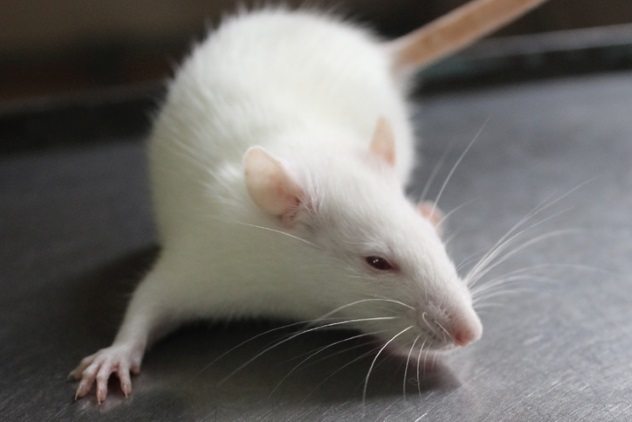
The most common research involving alcohol typically concerns its effect on humans. One area of particular interest is its addictiveness and if alcohol will leave you more vulnerable to drug use. A study from 2017 supported this idea by showing that drunk rats like cocaine.
During the experiment, rats were given alcohol for ten days before being offered cocaine. Afterward, the animals proceeded to consume the drug despite being administered an electrical shock each time they did so. Overall, these rats attempted to “score” by pressing a lever an average of 58 times, while a control group which was given water only did it 18 times.[1]
This kind of compulsive behavior is found in about a quarter of human cocaine users. While it is common for these people’s cocaine addiction to be preceded by other substance abuse, the biological mechanism which prompts certain drugs to act as “gateways” is still poorly understood. This study suggests that, at least in rats, alcohol helps break down important proteins within the nucleus accumbens, a region of the brain critical for reward-based memory.
9 Beer Can Be Turned Into Fuel
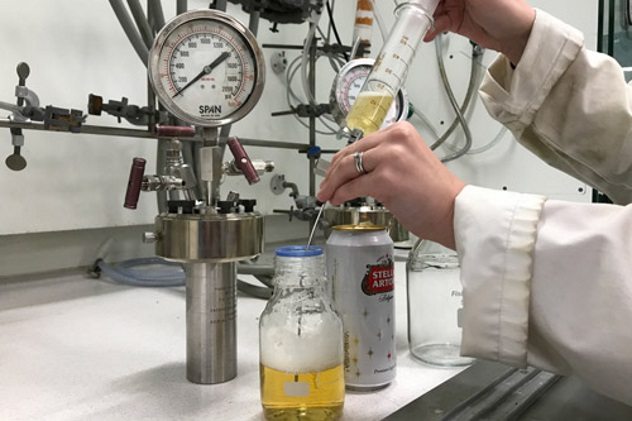
Sometime, perhaps in the not-too-distant future, we could be living in a world where we are able to brew our gasoline. At least, that’s the hope of a team of scientists at the University of Bristol who developed a sustainable fuel using beer as the main ingredient
A lot of research is dedicated toward finding viable alternatives to fossil fuels, which are not only bad for the environment but will eventually run out. One of the most popular is bioethanol, a biofuel made from alcohol which can be used to power cars in its pure form but more typically is added to gasoline as an additive. The problem with using solely ethanol is that it has a lower energy density and can be bad for the engine. A better alcoholic alternative would be butanol, but this is harder to obtain from sustainable resources.
That might not be the case for long, though, as the Bristol team developed technology to convert ethanol into butanol. This had already been accomplished using pure ethanol under lab conditions, but any chance of real-world applications needed a large-scale method that worked with ethanol fermentation broths. These are mostly made of water and contain impurities—the same as alcoholic drinks. That’s why the Bristol scientists used beer as their “real world” ethanol mixture.[2] And the catalyst they created successfully turned it into butanol. This is just the first step, but the proof of concept showed it could be a viable technology in the future.
8 Price Makes Wine Taste Better
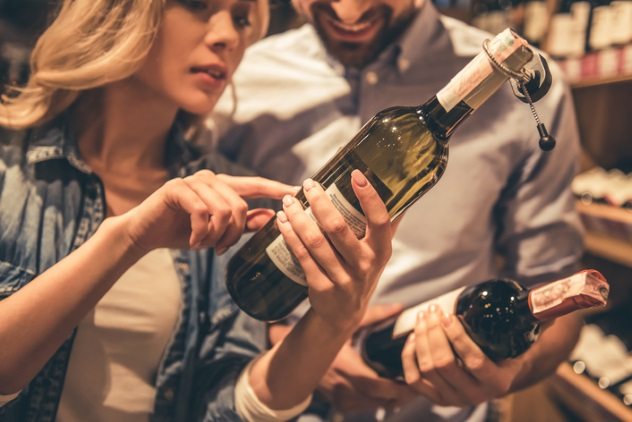
Most of us don’t know anything about wine, but we still like to pretend that we do. Inevitably, when forced to make a selection, we tend to focus entirely on the price and claim to like the wine more the more expensive it is. Others could dismiss this simply as people trying to pass off as connoisseurs, but a study from the Center for Economics and Neuroscience (CEN) at the University of Bonn suggests that there are, actually, changes in the brain influenced by price.
The researchers at CEN investigated the marketing placebo effect, a phenomenon that has been known for a while and is employed often by marketing execs. Their study involved 15 men and 15 women averaging 30 years of age. They all sampled various wines while lying down in an MRI scanner and were showed the price prior to each tasting. Afterward, they rated each wine on a scale from one to nine. In reality, though, the test subjects were always given the same wine, worth $15 a bottle, although they thought the prices ranged from $3 to $22. As expected, they rated the expensive wine higher than the cheaper versions.
The findings were backed up by the MRI readings, which showed an increased activity in the medial prefrontal cortex and ventral striatum when the prices were higher.[3] The latter, in particular, is part of the reward and motivation system of the brain. The researchers’ next goal is to see if they can train the brain to be less receptive, or even immune, to this placebo effect.
7 Ayahuasca Could Benefit Mental Health

Strictly speaking, ayahuasca is not an alcoholic beverage. It is a drink made by brewing certain Amazonian vines which contain the alkaloid harmaline. The end result is a potent hallucinogenic. Typically used by indigenous people as traditional spiritual medicine, ayahuasca is now enjoying a surge in international popularity.
Ayahuasca has its fans and its detractors, but that’s mostly based on its mind-altering qualities. However, a team of Canadian and Mexican scientists specializing in mental health announced the early stages of a study which could show that ayahuasca can be used to treat eating disorders.[4]
The researchers interviewed people who suffered from disorders such as anorexia and bulimia and consumed ayahuasca as part of a ceremony. About two thirds claimed the brew helped relieve symptoms, while the vast majority said the experience helped them better regulate their emotions. One even reported that their eating disorder disappeared completely.
While this is promising, the study is too new to draw any conclusions. It was also small-scale, involving only 16 test subjects, but researchers are encouraged by their findings and believe that ayahuasca could also help with other mental health ailments such as depression, addiction, and anxiety.
6 Wine Glasses Are Way Bigger Than They Used To Be
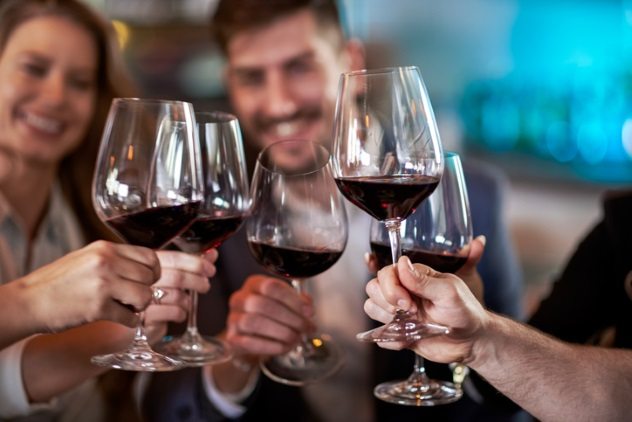
A study from the University of Cambridge examined the measurements of 411 wine glasses from 1700 to the present. They made a startling discovery: Over the last three centuries, the average size of the wine glass has increased sevenfold.
Back in the early 18th century, the average capacity of a wine glass in England was just 66 milliliters (2.2 fl oz). Today, the average is 449 milliliters (15 fl oz).[5] The sharpest increase in size happened over the last 25 years, although this does not correlate with an increase in demand. According to Miles Beale of the Wine and Spirit Trade Association, volume sales of wine in Britain decreased by six percent over the last decade. However, during that same time period, the capacity of wine glasses expanded by 33 milliliters (1.1 fl oz).
Part of the study was the hypothesis that an increase in glass size leads to people drinking more in the same way that larger plates trick us into having more food. The reasoning behind this is that we often measure our consumption in relative units such as “a glass of wine” or “a slice of cake,” giving us a skewed idea of how much we actually had to eat or drink. From a perceptual perspective, the same amount of wine will look smaller when placed in a larger glass.
To test this idea, the Cambridge team performed tests in three bars by increasing the glass size while leaving the serving sizes the same. In two bars, this led to an increase in wine sales. While it doesn’t prove anything conclusively, it does support the idea.
5 Heavy Drinking Can Affect Voles’ Love Life

Excessive consumption of alcohol can have an adverse effect on social relationships. In fact, previous studies showed that heavy drinking leads to an increased rate of separation and divorce. In the past, researchers tried to test these effects on prairie voles. They made ideal test subjects because they form long-term attachments and like to drink alcohol.
The experiments demonstrated that alcohol consumption can inhibit the animals from forming relationship bonds. However, a 2017 study from the Oregon Health and Science University in Portland argued that the previous tests were flawed because they used monogamous voles prior to bond formation. The scientists reasoned that the way these animals form pair bonds is not indicative of long-term human attachments.
For their study, the researchers still used voles, but they allowed males and females a bonding period of one week prior to testing. The goal was to determine not only if drinking has an effect on their relationship but also to see if there’s a difference between discordant and concordant alcohol consumption between the individuals in a pair.
After the cohabitation period, male voles were given ten-percent continuous ethanol. Half of their female partners were given alcohol and water, while the other half weren’t given any alcohol. A separate control group was only supplied with water. Male voles showed an inhibition in partner preference only when there was a discrepancy in alcohol consumption.[6] Comparatively, partners that drank together or didn’t drink at all enjoyed huddling with each other for longer periods of time.
4 Beer Can Cheer You Up

Many people have always felt that drinking beer is a good way to lift their spirits, but now they have scientific support thanks to a study done by researchers at the Chair of Food Chemistry at Friedrich-Alexander University (FAU) in Germany.
Scientists examined 13,000 food components to see which can be responsible for so-called hedonic hunger, a drive to eat for pleasure instead of fulfilling a biological need. This phenomenon happens because certain foods stimulate the reward center in our brains—specifically, the dopamine D2 receptor.
The FAU team employed a virtual screening technique using computer simulations, which permitted them to test thousands of times more components than would have been feasible under lab conditions. Out of 13,000 molecules, 17 were found to interact with the dopamine receptor. These 17 were further analyzed by FAU’s Division of Medicinal Chemistry.
Some of these molecules were already known and used for synthetic substances such as schizophrenia medicine. The most surprising find was hordenine, an alkaloid that occurs naturally in barley and is found in beer.[7] It not only stimulated the D2 receptor but did so using only G proteins as opposed to the dopamine chemical, which would have a more prolonged effect on the reward center. The next step is to focus on hordenine and determine if the alkaloid’s levels in beer are enough to boost your mood.
3 Drip-Free Bottle Stops Tablecloth Staining
2017 saw the end of one of the greatest scourges to befall mankind: the drips of wine that run down the side of the bottle after you pour. This problem has been around for two centuries, and many perfectly good tablecloths have been left stained. In the end, it took a biophysicist from Brandeis University to come up with a solution.
Sure, there are already ways to counteract the issue. Sommeliers simply wrap a napkin around the bottle when they pour. There are products which can be inserted into the bottle to prevent spillage. But none of these methods actually try to negate the effect itself. Daniel Perlman—physicist, inventor, and oenophile—actually studied liquid flow across wine bottles for three years before coming up with the drip-free version.
The solution is equally simple and effective. A groove just below the lip of the bottle is enough to prevent those dreaded drips.[8] It’s roughly just 2 millimeters wide and 1 millimeter deep, but it’s enough to stop droplets from traversing it and running down the side of the bottle. This revelation could lead to a change to wine bottle design, which has remained largely the same since the early 1800s. Perlman is currently in talks with different bottle manufacturers to adopt his innovation.
2 Probiotic Beer Can Boost Your Immunity
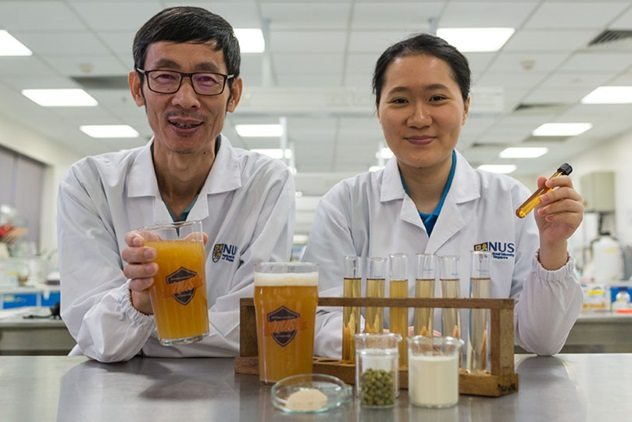
Despite all the research, we still can’t tell for sure if alcohol can be good for us or not. Some argue, for example, that moderate amounts of red wine decrease risks of heart disease. Others proclaim that all alcohol consumption leads to increased risks of various maladies. A team of researchers at the National University of Singapore (NUS) has provided us with a refreshing alcoholic beverage with health benefits by creating the first gut-friendly probiotic beer.
Probiotics, better known as good bacteria, represent one of the most popular health trends of the moment. They typically can be found in dairy products, but a Singaporean NUS science student preferred to take her dose of probiotics with beer. With the assistance of her professor, she infused a beer with the Lactobacillus paracasei L26 strain, a bacterium naturally found in our gut flora which boosts our immunity.
Researchers took nine months to develop a recipe that provides the optimal amount of probiotics. The main issue was developing brewing and fermentation processes that kept the bacteria alive, as they are more effective than inactive probiotics. The end result has a 3.5-percent alcoholic content, takes about a month to brew, and has a tart taste due to lactic acid.[9]
1 We Uncovered The Origins Of Winemaking
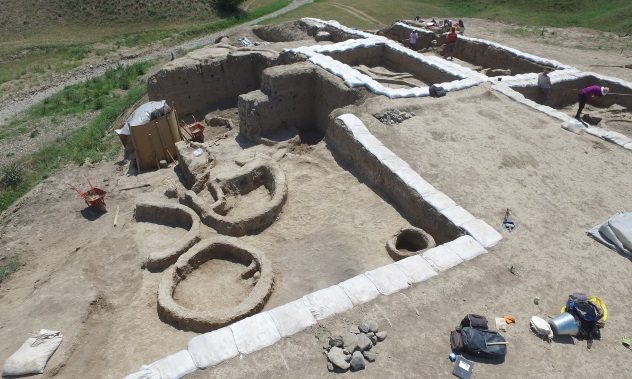
The history of wine has been pushed back hundreds of years after a recent discovery showed us that humans have been making this alcoholic drink a lot earlier than we previously thought. Archaeologists in Georgia found clay pottery which was used for storing wine and dated to 6000 to 5800 BC. Previously, the oldest wine containers were recovered from the Zagros Mountains in Iran and dated to approximately 7,000 years ago.
The team of archaeologists was excavating the remains of a Neolithic village south of Tbilisi in the South Caucasus region. They found the ruins of mud brick homes, farming equipment, and tools but were most intrigued by pots and jars which, at that stage, were already notable for being among the earliest pottery recovered in the Near East. However, scientists believed they could have been used for winemaking after observing that one large jar was decorated with clusters of blobs which could have represented grapes.
After dating the pottery fragments, the team examined them for the telltale chemical signs of wine. Eight out of the total 30 fragments showed traces of tartaric acid, a substance abundant in grapes. Three other acids linked to wine were also present, and grape pollen was found in the deeper layers of earth but not the topsoil.[10]
Read more alcohol facts on Top 10 Little-Known Facts About Alcohol and 10 Ways Alcohol Created Modern Society.


